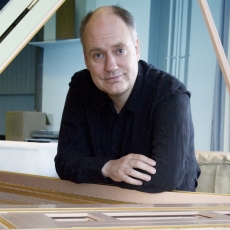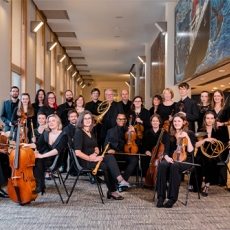Dunedin Consort - J.S. Bach: Violin Concertos - MusicWeb International
Recordings of Bach's violin concertos appear
with great regularity. The problem for the marketing men is how to fill the
disc up to a saleable length. There are only three surviving concertos for
violin, the E major, A minor and the Double Concerto in D minor. This disc from
Linn adds the Concerto BWV1060R (R means 'reconstruction') which, though only
coming down to us in a version for two harpsichords, has for a long time been
accepted as being originally for oboe and violin, as played here. Linn also give
us a more unusual choice, the short opening Sinfonia from Cantata No.21 which
features the oboe. The notes go into some detail about the cantatas as the
source for several instrumental pieces now better known as 'concerto
movements'. The soloists and ripieno group going under the name of the
Orchestra of the Dunedin Consort are all well established musicians with first
rate international credentials. It is one of the joys of attending a baroque
concert that one recognises a lot of the participants having seen them
elsewhere with other groups. The range of experience on offer here explains why
one can simply recommend this disc unreservedly on all musical fronts. These
are beautiful and lively performances second to none. If this particular set of
musicians has to be characterised it is their sense of being a performing
group. The soloists are simply the players with the solo line; they are never
celebrities as would have been the case in earlier decades when such as Isaac
Stern stood in front of a top-name orchestra as a star soloist. As a convinced
listener to period performances this ensemble playing is the characteristic
that makes the disc special. One feels as if one is eavesdropping on a private
jam session. It would be misleading to suggest that any one performance is 'the
best'. Cecilia Bernardini and her
father, baroque oboist Alfredo Bernardini sound like musicians among musician
friends. Some of the publicity speaks of Cecilia revelling in the spotlight as
soloist. Thankfully there is none of that.
The recording sounds close-miked and as a result
the high harmonics are more prominent than they would have been at a more
typical concert-seat distance. I did not get much sense of a space as large as
that of Greyfriars Kirk. This does contribute to clarity of detail and
certainly these musicians can withstand the close inspection. The harpsichord
is clear in a way it never is from an audience seat. I still suspect that the
harpsichord is there to help the musicians stay together because in my local
churches that are used for baroque performances it is almost inaudible even
from the front pews. Linn engineer Philip Hobbs writes at length about the
complexities of recording in this church with this group when making their
recording of the St John Passion in 2013. I was amused to note, after
I wrote the words above, that Philip says, "They're quite hard to
spot-mic, harpsichords. They're either too close or too far away!" He also
talks about aspects of microphone placement that go a long way to explain why
the present recording sounds as it does. I believe recordings are not a
representation of concert hall reality but a balance for home listening and in
that situation this one is very informative.



